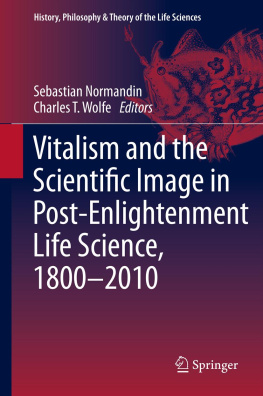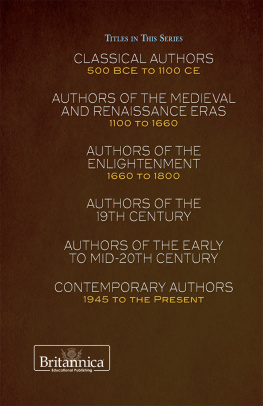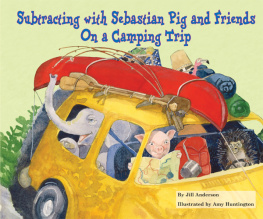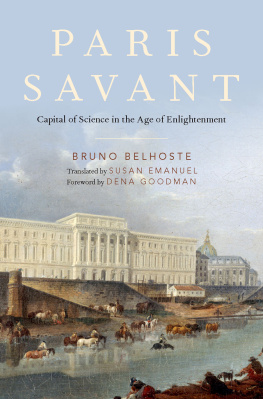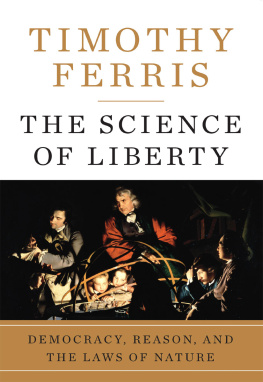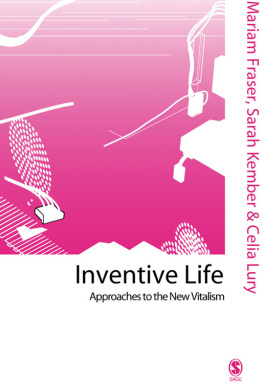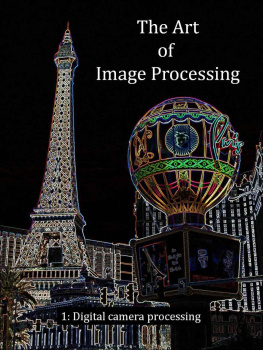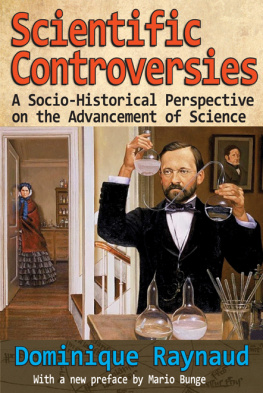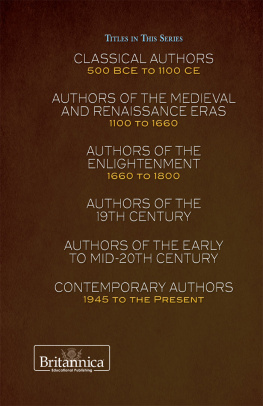Sebastian Normandin and Charles T. Wolfe (eds.) History, Philosophy and Theory of the Life Sciences Vitalism and the Scientific Image in Post-Enlightenment Life Science, 1800-2010 2013 10.1007/978-94-007-2445-7_1 Springer Science+Business Media Dordrecht 2013
1. Vitalism and the Scientific Image: An Introduction
To undertake a history of vitalism at this stage in the development of the biosciences, theoretical and other, is a stimulating prospect. We have entered the age of synthetic life, and our newfound capacities prompt us to consider new levels of analysis and understanding. At the same time, it is possible to detect a growing level of interest in vitalistic and organismic themes, understood in a broadly naturalistic context and approached, not so much from broader cultural perspectives as in the early twentieth century, as from a scientific perspective or at least a view lying at the boundaries or liminal spaces of what counts as science.
Strangely, as the development of the life sciences moves far beyond observation-based origins into the realms of the applied and technological, vitalism again comes to the fore, as it does whenever the question of boundaries arises. This is not because it is itself a conceptual hybrid, like the concept of organism, or a perpetual object of conceptual and experimental appropriation from one discursive field to another, like mechanism. Rather, vitalist approaches, unlike a univocal ontological vision such as materialism, in which there should only be one kind of stuff in the universe (however much it may go through qualitative transformations, and however embodied it may be), need not claim that every feature of the world is vital... ; rather, these categories are inclusive, used to name accounts in which at least some vital properties... are thought to be required.
When thinking about vitalism historically, we are often drawn towards the liminal the spaces in between. This sense of between-ness, what was often termed the juste milieu (e.g. in mid nineteenth-century France), reminds us that life, history and science are all, in essence, subject to change. That is to say that change is a fundamental element, even the defining element, of all three. Change, dynamism, transformation, transmutation, and the constant mutable growth of the living these are all themes that often lead us to rely on vitalist and emergentist explanations (which are neither identical nor necessarily connected, as discussed in Part II of this volume).
It is with these inconstant constants that we propose a collection of essays on the history and philosophy of vitalism: a moving target, an explanatory and/or metaphysical construct which appears, depending on the context, as a form of overt supernaturalism or as a useful heuristic for biomedical research and theorizing. Of course, there are still landmarks in this shifting sand, and though the lines on the map may move, new cultures and hybridities spring up in this borderland. There is an idea of the new here that occurs in two senses in the truly novel (vitalism as an avant-garde, including in the farcical sense described by Juan Rigoli ( ). Thus we seek to be generative and re-generative. This mutable territory is our scope; a history of attempts to chart the vagaries of life and of souls is conceptually unlimited. But there are shapes and outlines in this broader mindscape, and the works here presented share a harmony in all seeking to puzzle together the patterns of vitalism.
This volume follows in a tradition of other collected close readings of vitalism. One of us recently produced a volume of this nature, but focused on the Enlightenment period.).
What emerges more generally from this historiography of vitalism are a series of themes, the bulk of which will also be explored in our fresh offerings. These include: the non-scientific dimensions of medicine (and conversely, the essential tensions but also interrelations between medicine and science, opening on to considerations on the very nature of a life science), both historically and in the contemporary context; the origins of vitalist thought; vitalism in relation to forms of mechanism (mechanistic explanations but also mechanistic ontologies), and the transmutation, in the nineteenth century, of vitalism into fields like evolution, embryology, psychology, and other areas of the life sciences.
Our focus is post-Enlightenment, which also helpfully brackets off past eras for which historians are sometimes too eager to use the label vitalist to describe figures that would have found this confusing at best.
The nineteenth century begins in this context with the relationship between Romanticism and vitalism but goes on to be shaped by vitalist debates in England during the Regency, by new alternative medical ideas (mesmerism, homeopathy, phrenology, etc.), new developments in the laboratory (which give rise to a mid-century materialist-spiritualist debate), new notions of evolution (Darwin) and regenerated ideas about life (spontaneous generation) and finally, a real neo-vitalism post-Claude Bernard, born of philosophy (Bergson), psychology, morphogenesis and embryology (Driesch). That Bernard himself is a complex figure who both criticizes forms of what he calls vitalism, and at the same time articulates new models in which the uniqueness of organisms is justified, is another chapter of the story, still to be told (although see some suggestive remarks in Turners and Bechtels essays in this volume, Chaps. ). Many of the contributions to this volume touch, at least tangentially, on all these important developments.
Another perspective that has not been dealt with all that extensively is vitalism in the twentieth century, inasmuch as there is an x which traverses all these modifications and heterogeneous contexts. There is work on Bergson and Driesch, true,) on how unresolved tensions in the scientific attempts to provide a physiological account of the mind in the nineteenth century (from phrenology to the study of reflex action) unwittingly produced vitalistic concepts of mind, appetite and behaviour; as Dyde puts it, methodologies begot ontologies.
This, along with contemporary debates regarding biological theory and the philosophy of biology, will be one of our central foci, and as such represents a new and exciting direction in scholarship on this subject. We have work within the pages of this volume on theories of emergence, complexity, biological theory (organicism), systems theory, homeostasis, holism, and beyond. Further, much of the prior interpretive discussion of vitalism has been either overly enthusiastic, or overly negative: either it is the theory which will make (life, meaning, embodiment, purposiveness, etc.) survive attempts at demystification or deflation in a context of physicalism, or it is the theory fit for cranks, the scientifically marginal and so on (cf. Normandins essay on Reich ( and this volume, inter alia , for an attempt to do just this).

